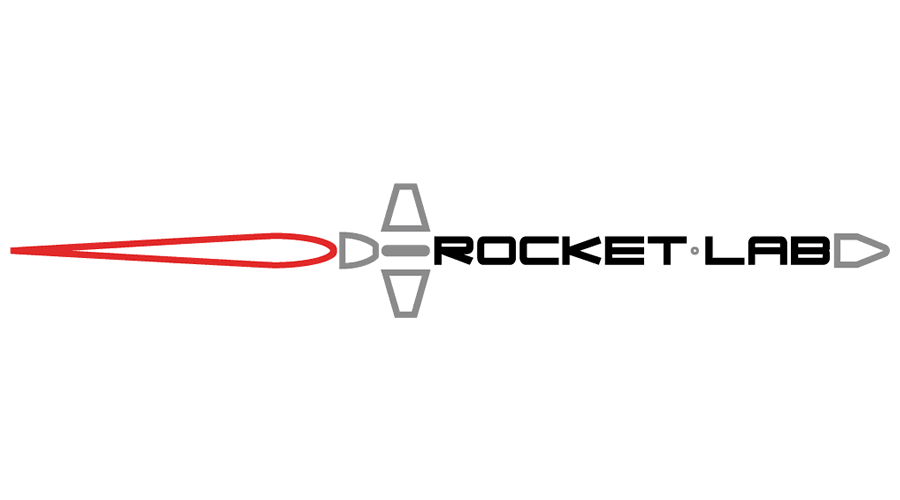Rocket Lab Developed A Robot To Build Their Electron Launch Vehicles
Rocket Lab is a private U.S. aerospace manufacture and smallsat launch service provider. It has a wholly owned New Zealand subsidiary. It developed a suborbital sounding rocket called Atea. It currently operates a lightweight two-stage orbital launch vehicle called the Electron. The Electron provides launch services for CubeSats and smallsats from a launch facility on the Mahia Peninsula in New Zealand.
Rocket Lab has developed a new rocket-building robot system that is designed to accelerate manufacturing of Electron launch vehicles. In November of 2018, Rocket Lab added the new custom-designed robotic system called “Rosie” to the company’s manufacturing line. Utilizing the new Rosie robot, Rocket Lab can produce the carbon-composite components of the Electron launch vehicle in twelve hours. Previously, it required over four hundred hours to produce an Electron.
Peter Beck is the Founder and CEO of Rocket Labs. The company produced a video in which Beck said, ”What this machine does is it takes every single carbon-composite component of the launch vehicle and processes it to move on to the next stage of production. That includes every bit of marking, every bit of machining, every bit of drilling.”
The Rosie robot system occupies over fifteen hundred square feet. A bus could be parked inside the robot. There is sufficient room to process the entire two-stage Electron launch vehicle. Payload fairings are also produced by the robot.
Before the development and deployment of the Rosie robot system, Rocket Lab was able to produce an electron launch vehicle every thirty days. Now, with the use of the Rosie robot system, Rocket Lab is much closer to its ultimate goal of being able to build one Electron every week.
Beck said in the company video, “What Rosie really means for Rocket Lab and [its] launch frequency is we are able to process launch vehicles so much faster. We can produce one launch vehicle in this machine every 12 hours.”
In addition to the use of Rosie to create the Electron components, Rocket Lab also uses 3-D printing to produce the components for the engines in its launch vehicles. They are now developing a reusable first stage for the Electron launch vehicle. Rocket Lab has conducted tests of a more powerful booster that will assist them in recovering the first stage. They intend to use helicopters to snag the falling first stages following launch. These new processes and technology have been developed to reduce the production time for launch vehicles. They are also intended to facilitate high-frequency launch capabilities.
Rocket Lab has recently built a new range control facility at the New Zealand launch site. This will help them streamline mission operations. The company is also completing construction of a second launch site that will be called Launch Complex 2. The new Launch Complex is located on Wallops Island off the coast of Virginia. Rocket Lab intends to launch its first Electron rocket from the new facility some time in 2020.
Rocket Lab is a comparatively small company in the international space industry, but they are moving ahead rapidly with their new technologies.
